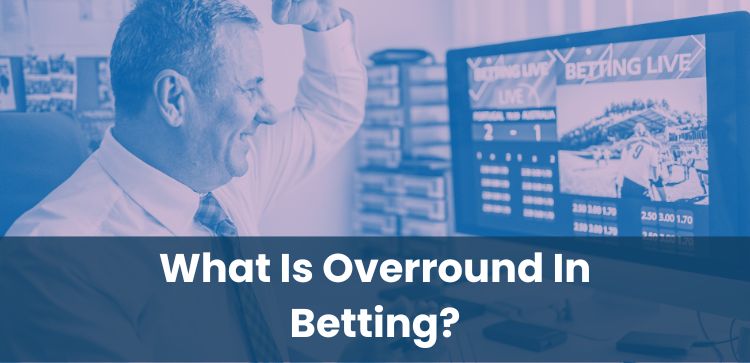
When placing a bet, the odds are key to understanding your potential returns. However, there’s an important concept that shapes these odds, often without being immediately obvious—overround.
Simply put, overround influences the overall probability reflected in the odds, which in turn affects the potential payouts a bettor might receive. Understanding this concept can help you make more informed decisions when betting.
In the next section, we'll look at what overround really means and how it factors into betting odds, giving you a clearer picture of how betting works.
Bookies Overround Explained
The overround is a key element in how bookmakers maintain a consistent profit. By adjusting the odds, they ensure that their financial interests are protected, no matter the outcome of the event.
In simple terms, the overround is created when bookmakers set the odds in such a way that the combined probabilities of all possible outcomes exceed 100%. This extra "buffer" tilts the odds slightly in favour of the bookmaker.
To visualise it, imagine the possible outcomes of an event as slices of a pie. Normally, these slices would add up to 100%. However, due to the overround, there’s a little extra slice—this is the bookmaker’s margin of profit.
For anyone placing a bet, understanding the overround can be helpful. While the odds may look appealing, the overround ensures that bookmakers always have a built-in advantage.
How To Calculate Bookies Overround
Calculating the overround is a simple process that involves understanding implied probabilities, which represent how likely an event is to happen based on the odds.
To calculate the implied probability, you'll need to use decimal odds. The formula is straightforward:
Implied Probability = 100 / Decimal Odds
Once you have the implied probabilities for each possible outcome, you add them together. If the total exceeds 100%, the extra amount represents the overround.
Being aware of how the overround is calculated gives you a better understanding of how odds are set, helping you see the bookmaker’s built-in profit margin. This knowledge can guide you in making more informed betting decisions.
As always, it's important to approach betting responsibly and keep your gambling practices in check.
What Is a Good Overround in Betting?
The overround percentage offers players insight into how much profit a bookmaker is making from a particular market. A lower overround generally means better conditions for bettors, as the bookmaker’s profit margin is reduced.
Determining what qualifies as a "good" overround can vary depending on the market and bookmaker. However, in many betting markets, an overround under 110% is often seen as reasonable.
By understanding overrounds, players can assess the value of their betting options and make more informed choices. As always, it’s important for players to gamble responsibly, making decisions that suit their individual preferences and understanding of the game.
What Is The Difference Between Hold And Overround?
While the terms "overround" and "hold" are both related to betting, they represent different concepts.
The overround is essentially the bookmaker's potential profit, calculated by assuming all outcomes are equally likely. It’s a projection of how much the bookmaker may stand to earn, not a guarantee of profit.
In contrast, hold refers to the actual profit a bookmaker has made from a particular event. It’s based on the real bets placed and the outcome of the event.
Understanding these terms can help players see the difference between a bookmaker’s estimated profit margin (overround) and their actual earnings (hold). This knowledge can offer more insight into how odds are set and how bookmakers operate.
As always, it’s important to approach betting with awareness and maintain responsible gambling practices.
**The information provided in this blog is intended for educational purposes and should not be construed as betting advice or a guarantee of success. Always gamble responsibly.
